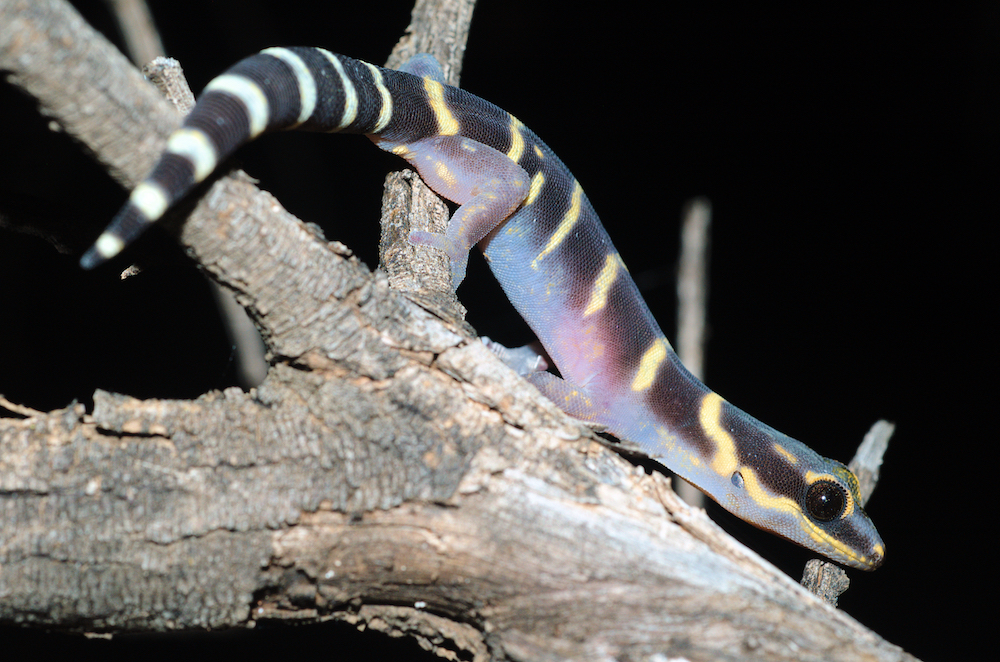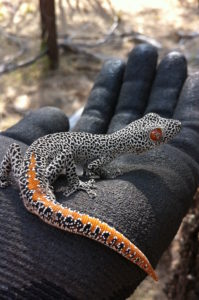
A team of Griffith University researchers found the strongest predictor of study sites for reptile research in Australia is proximity to universities.
Published in , the study is the first continent-wide investigation of factors that influenced the location research was conducted on terrestrial reptiles in Australia.

To make conservation decisions, such as what land to set aside for protected areas, ecological research often uses large location-specific data sets compiled from all the available research.
“For this reason, it’s essential to know what has influenced the decision to study in particular areas, as it is this ecological information that underpins the planning and implementation of biodiversity conservation measures,” said Renee Piccolo, lead author from the .
Conservation efforts may be limited by data availability and poor understanding of the nature of potential geographical biases in these data sets.
“Indiscriminately using available data sets without knowing potential bias within them could give us a blinkered understanding of what is going on and lead to poor conservation decision-making,” Ms Piccolo said.
“We looked at possible factors that may have influenced the selection of study locations. We were interested in the extent to which factors like the distance to universities, the amount of development (human footprint), the number of species in the area (species richness) and protected areas, affected reptile study locations,” said , a co-author from the Environmental Futures Research Institute.
“Surprisingly, we found the strongest predictor of study sites for reptile research in Australia was the distance from universities. Species richness and human impacts, two extremely important factors to study in reptile research, were only half as good as predictors of research location.”

Of the four factors, the poorest predictor for choosing a study site for reptile research in Australia was whether the site was in a protected area or not.
“This is concerning, as understanding if and how protected areas are benefiting reptile populations and identifying the gaps in our knowledge of reptiles in remote regions is vital for conservation decision making and landscape management,” Ms Piccolo said.
“Understanding what influences the selection of study sites for ecological research is an essential first step to improve our understanding of the information that underpins conservation decisions, like designating protected areas, and to determine if we need to reprioritise study locations.”
“These results highlight that reptile research in Australia is driven largely by accessibility. Consequently, we need to optimise target areas for future research that ensure adequate representation of reptile communities,” Dr Castley said.





